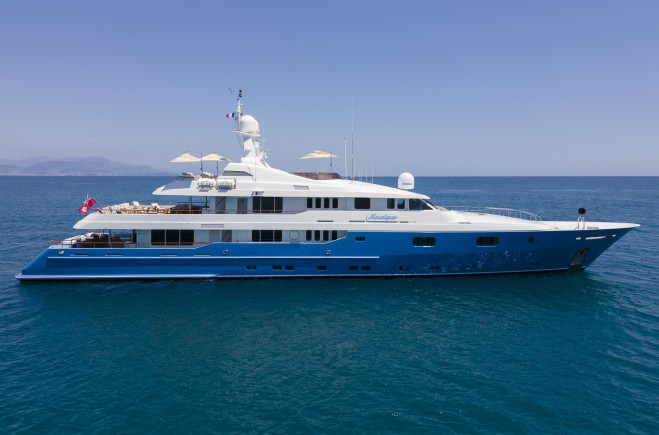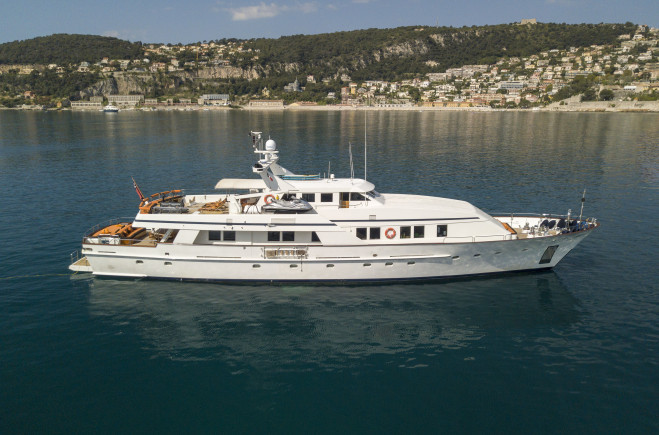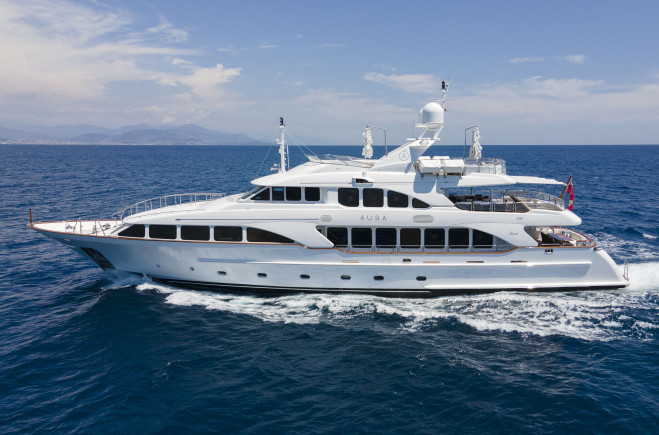The Italian pink ornate limestone buildings dominate the inner harbour in contrast to the fortress granite of the outer harbour. Valletta's bastions have obviously had their uses down the ages and we should not be surprised to find that it is common practice at 12 noon for the battery of cannons to discharge a welcoming salute each day.
The historical side of some of the port's quaint tradition harps back to the arrival in 1565 of the "Knights Hospitallers of the Order of Saint John." They ended up in Malta after being chased around the Mediterranean by the Turks. By defending the city during the so-called "Great Siege" and for seeing off a vastly superior Turkish armada, they were rewarded by the Emperor Charles V, with life tenure of the Maltese islands. The deal was that the Emperor required in return, various religious devotions and a yearly rent of one falcon. He also funded the islands as "a last castle of Christianity"and allowed Jean de la Valletta, the Grandmaster, to build much of the fortress we see today. During World War II the "Luftwaffe" tried to bomb Malta into submission, but anti-aircraft guns and the Royal Navy's "Force K" based in the Grand Harbour together with the RAF helped to defend the island. This island base was a major source of harassment to German and Italian forces in North Africa, although at the height of the bombing in 1942 the docks were very heavily damaged. There were also many civilians injured but few serious casualties. In token of their stalwart defence the people of Malta were awarded "The George Cross" and it is this history that makes Malta such a tourist attraction.
For the yachting enthusiast who goes ashore at Valletta the two "must-see" places are the UNESCO designated "Hypogeum Ruins" dating back to 3600 BC (tickets from the National Museum in Valletta) and also the magnificent Renaissance Cathedral of Saint John which is home to two Caravaggio masterpieces "The Beheading of St. John the Baptist" and the full length oil painting of "St. Jerome." Elsewhere in Valletta one can explore the "Casa Rocca Piccola" where paintings, photographs and antique furniture recalls 400 years of Maltese nobility. In addition the Republic Square open air restaurants surrounding the imposing statue of Queen Victoria have nearby the 18th Century Bibliotheca's reading room which provides the historian with an entire history of the Knight's of St. John and Charles V's Donation deal. In Old Theatre Street the naval bars and theatres are a source of nightlife entertainment and are crowded with tourists in the Carnival season. In Valletta the lively carnival starts next year on 12th February 2010 and can be expected to continue as part of the "run-in" to the Christian season of Lent. In fact, both in Valletta, Floriana and in Gozo it is a colourful carnival to enjoy oneself before the Lenten fast. The events are free of charge and end with a grand firework display.



